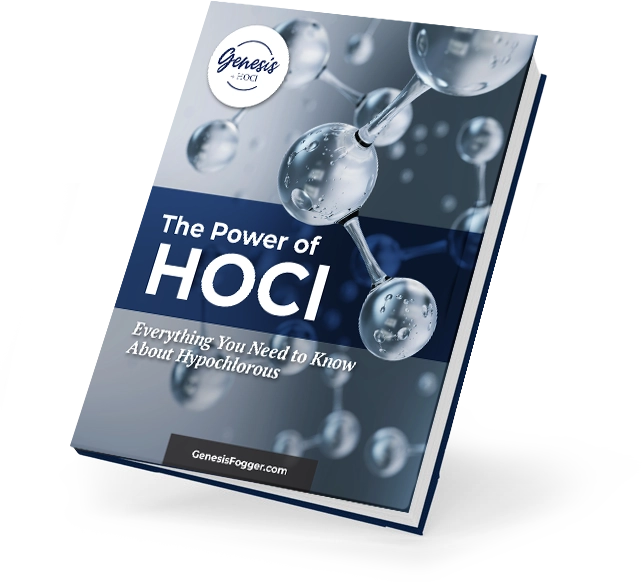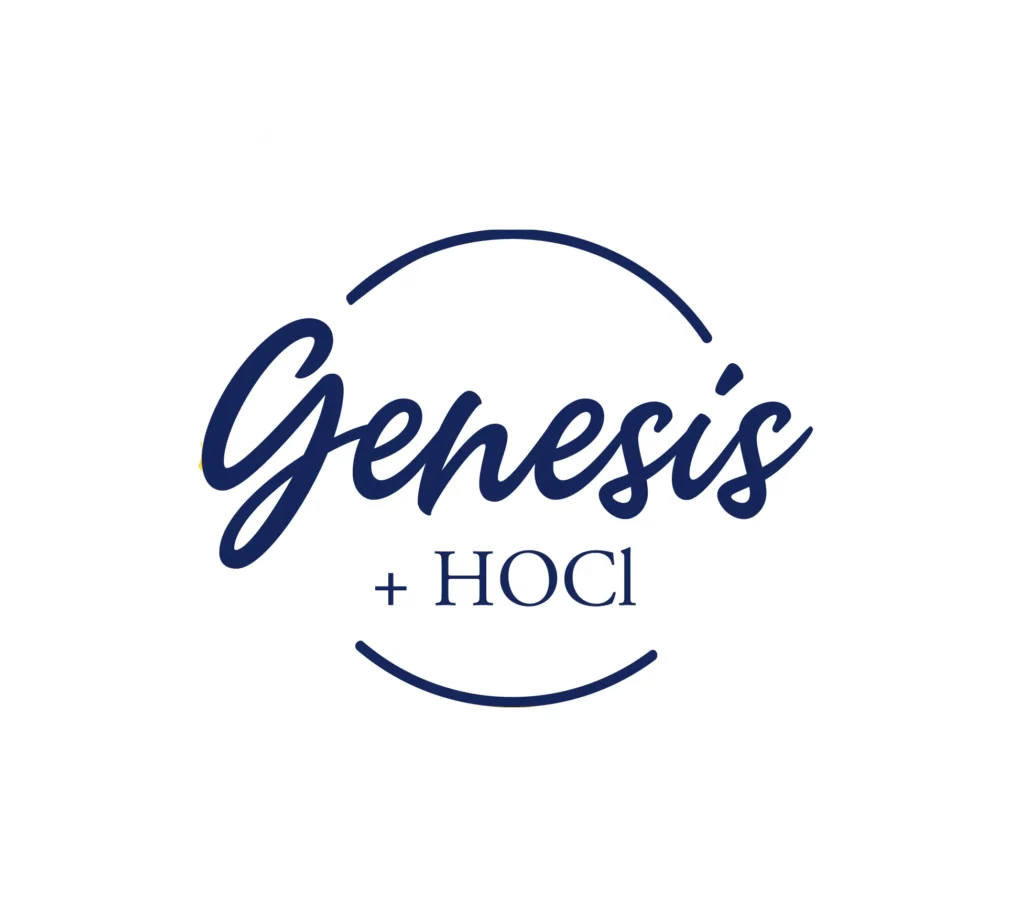Restrooms, kitchens, breakrooms, front office space, high-touch surfaces.
Recent NIH studies indicates that hypochlorous can be used with a high degree of predictability for disinfecting against COVID-19 and HOCl atomizing is the decontamination technique that best suits the needs of the dental clinic, with its ability to disinfect large areas by producing small, aerosolized particles to control noroviruses.
An NIH study states: HOCl atomizing is the decontamination technique that best suits the needs of the dental clinic, with its ability to produce small, aerosolized particles. Dentists should consider the use of HOCl and no-touch decontamination technologies [ultra-low volume atomizers] to improve disinfection of surfaces in dental clinics.
A second NIH study has shown that atomized HOCl was able to decontaminate environmental surfaces carrying antibiotic resistant Staphylococcus aureus (methicillin resistant).
HOCl at concentrations ranging from 20 to 200 ppm, representing the likely chlorine concentration range achieved during atomizing, always gave at least 3 log10 reductions of tested viruses both by viral infectivity and RNA assays. These findings indicate that HOCl applied as either a liquid or a mist at 20 to 200 ppm of available free chlorine (AFC) was effective to decontaminate the inert environmental surfaces tested when they carried noroviruses (NVs) and other viruses.
We conclude that diluted solutions of HOCl, containing as little as 20 to 200 mg/liter free chorine, are effective for disinfection of surfaces contaminated with NVs. Furthermore, we conclude that the use of HOCl atomizing is likely to be effective in disinfecting large areas to control NV presence and thereby prevent the spread as well as the recurrence of human NV infection from environmental surface exposures.
The above linked NIH studies evaluated HOCl atomizing at the exact particle size range that the Genesis Atomizer produces (range of generated droplets evaluated was between 20 and 50 μm).
This study specifies that no-touch methods, such as HOCl atomizing, augment standard manual cleaning and disinfecting protocol.
A fourth NIH study found topical stabilized HOCl is ideal for wound care and scar management, conveying powerful microbicidal and antibiofilm properties, in addition to potency as a topical wound healing agent. It may offer physicians an alternative to other less desirable wound care measures. Natural HOCl is normally unstable; but through technology, it can be manufactured as a stable and effective topical antiseptic agent.
Spotlighted in Dental Industry’s premier trade publication for new disinfectant technology.
Simultaneously clean air from ceiling to floor and everything in between.
Naturally occuring, powerful disinfectant.

HOCl has no toxic material disposal requirements and is not considered hazardous waste according to the OSHA Hazard Communication Standards.
HOCl is non-hazardous and non-flammable and does not require a Safety Data Sheet, (but it’s available here) and can be disposed of safely in any drain.
Curious about Hypochlorous? This free guide goes over everything you need to know!


The NIH studies referred to above found that 200 ppm of HOCl is ideal for any medical setting.
Because it is nontoxic to both humans and animals there is no maximum, some offices atomize between every patient and others, twice per day.
Restrooms, kitchens, breakrooms, front office space, high-touch surfaces.
Disclaimer: The information on this site is not intended or implied to be a substitute for professional medical advice, diagnosis, or treatment. Always seek the guidance of your doctor or other qualified health professional with any questions you may have regarding your health or a medical condition.
Genesis Fogger Headquarters
Frederick, Maryland 21701 USA


Curious about Hypochlorous? This free guide goes over everything you need to know!
The Best and Safest Method to Control Canine Respiratory Diseases